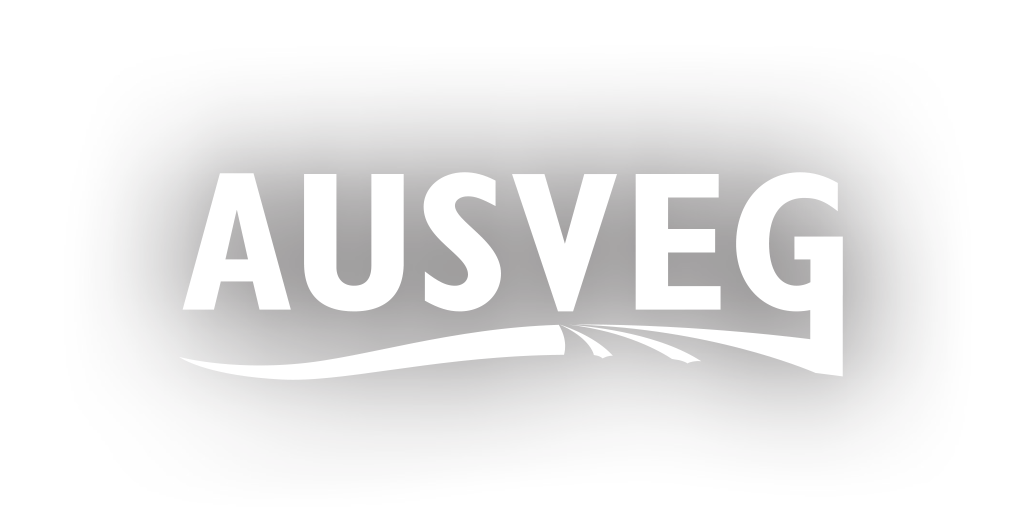Beneficials and Biocontrol agents - an overview:
Beneficials, also known as biocontrol agents, are natural enemies or competitors of crop pests. Some beneficials have been able to be bred in commercial insectaries and can be purchased and released into crops to control specific pests. The benefit of using commercially reared beneficials and encouraging natural beneficials to assist in the management of crop pests is that reliance on chemical control options is reduced. Additionally, chemical residues are minimised and there are no withholding or worker re-entry periods. Examples of beneficial insects, mites, and nematodes that can be purchased for release into crops include:- Aphidius - parasitoid of aphids
- Cucumeris - predatory mite of thrips
- Encarsia - parasitoid of whitefly
- Entomopathogenis nematodes - insecticidal nematodes which attack a range of insect pests
- Hypoapsis - predatory mite of fungus gnats
- Green lacewing - predator of aphids and moth eggs
- Montdorensis - predator of thrips
- Persimilis - predatory mite of two spotted mite
- Trichogramma - egg parasitoid of a range of insect pests
Impact of chemicals on beneficials:
Some pesticides can reduce the efficacy of beneficials, while others can harm or kill them. Hence, it is important to understand which pesticides are toxic to beneficials and which pesticides are compatible with them or will cause the least damage to them.
Relevant website links:
These websites provide information about biological pest control and have chemical toxicity charts and databases.
ABC:
The Australasian Biological Control Association (ABC) facilitates information exchange between companies producing beneficial anthropods for use in horticulture, agriculture, and turf. The association has also produced a range of brochures, posters, and the Good Bug Book. It is currently in the early stages of implementing an IPM accreditation scheme, which will allow crop consultants to gain accreditation and then nominate specific growers for grower accreditation. Accreditation enables a grower to use the IPM logo on their product – a measure of a high level of commitment to IPM and the need to reduce chemical inputs and minimise environmental and human health impacts. Their website provides links to suppliers of biocontrol agents in Australia. More information can be found at www.goodbugs.org.au
Biobest:
Biobest offers solutions for monitoring, pollination, and biological pest control in protected crops. Their online side-effects manual provides information about the effect of specific chemicals on a range of beneficial organisms. Based in Belgium, Biobest produces beneficial insects and mites for biological and integrated crop protection (ICP) and undertakes contract research, including efficacy trials, residue trials, side effects on beneficials and bumblebees, of chemical pesticides and biopesticides. More information can be found on the Biobest website at www.biobest.be
Biological Research Company:
Koppert:
Koppert offers biological crop protection and natural pollination systems. Based in The Netherlands, Koppert operates an R&D centre and it undertakes large-scale production of natural enemies and pollinators to control pests and microbiological products such as beneficial fungi and nematodes, as well as bumblebees for natural pollination. Their website has information about side-effects of pesticides on beneficials. More information can be found on the Koppert website at www.koppert.com
Source of information and related tools:
- Please refer to the InfoVeg database for insights relating to biological controls.
- Biological Services
- Bio Works Online
- Bugs for Bugs
- Ecogrow
